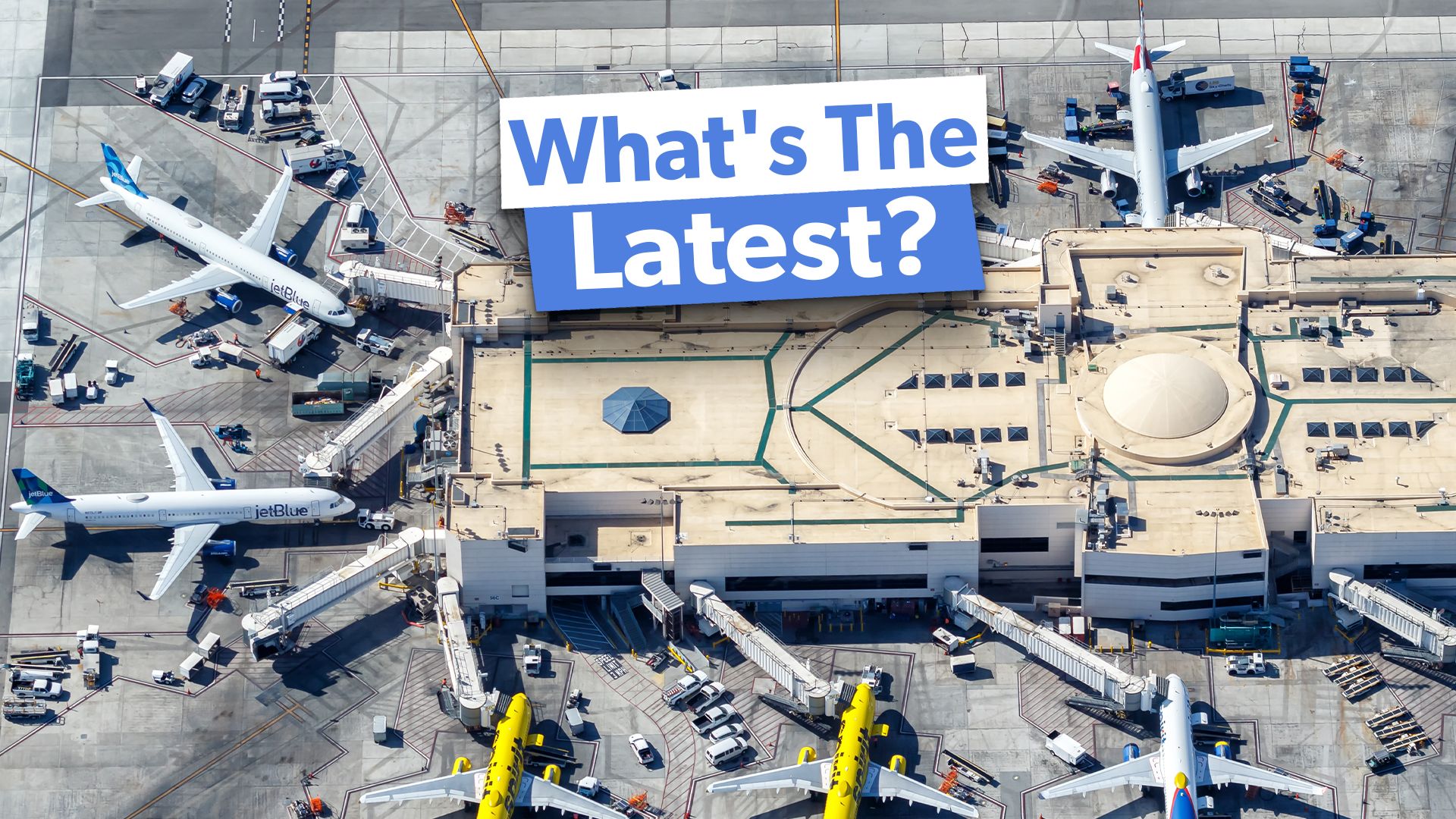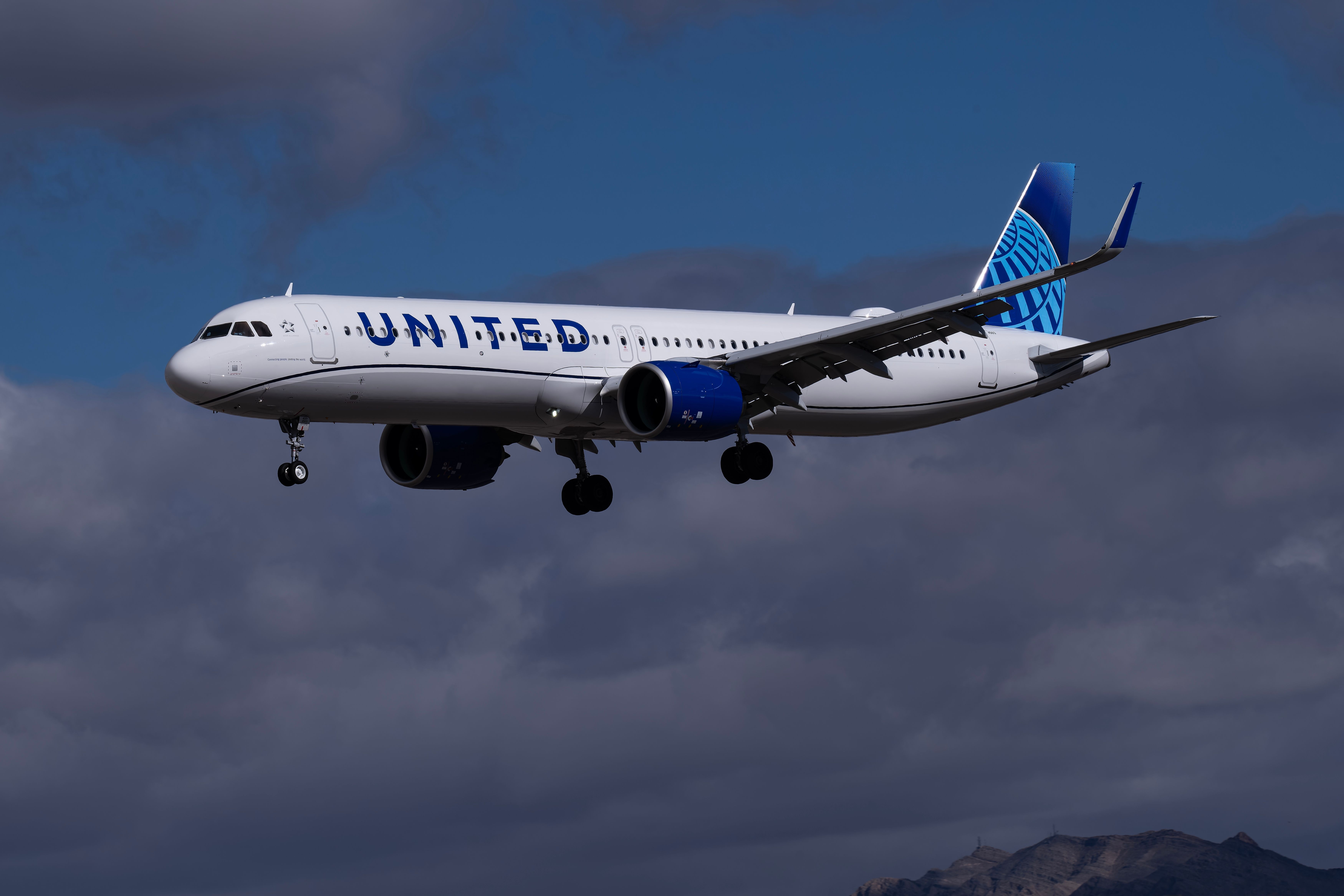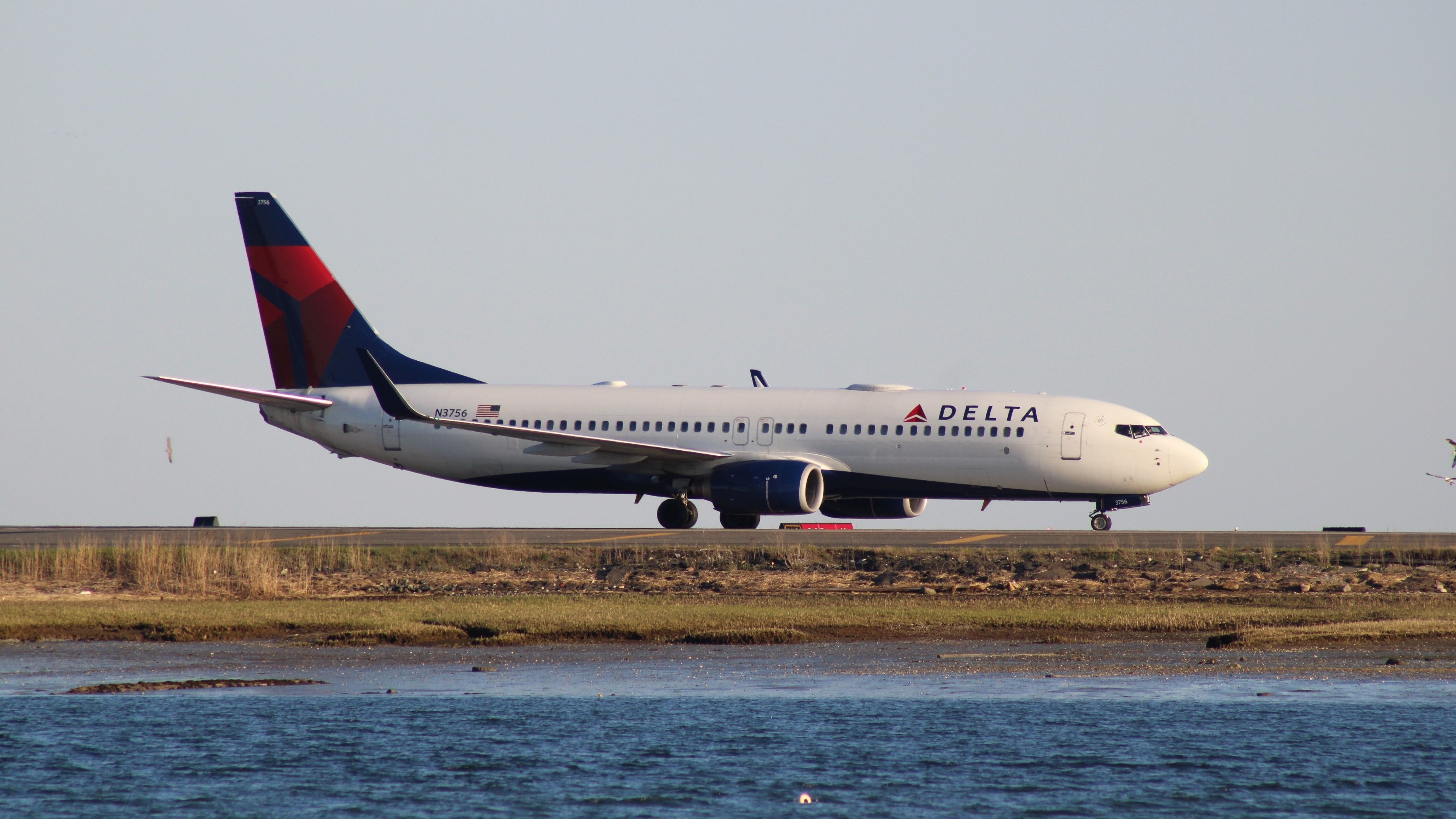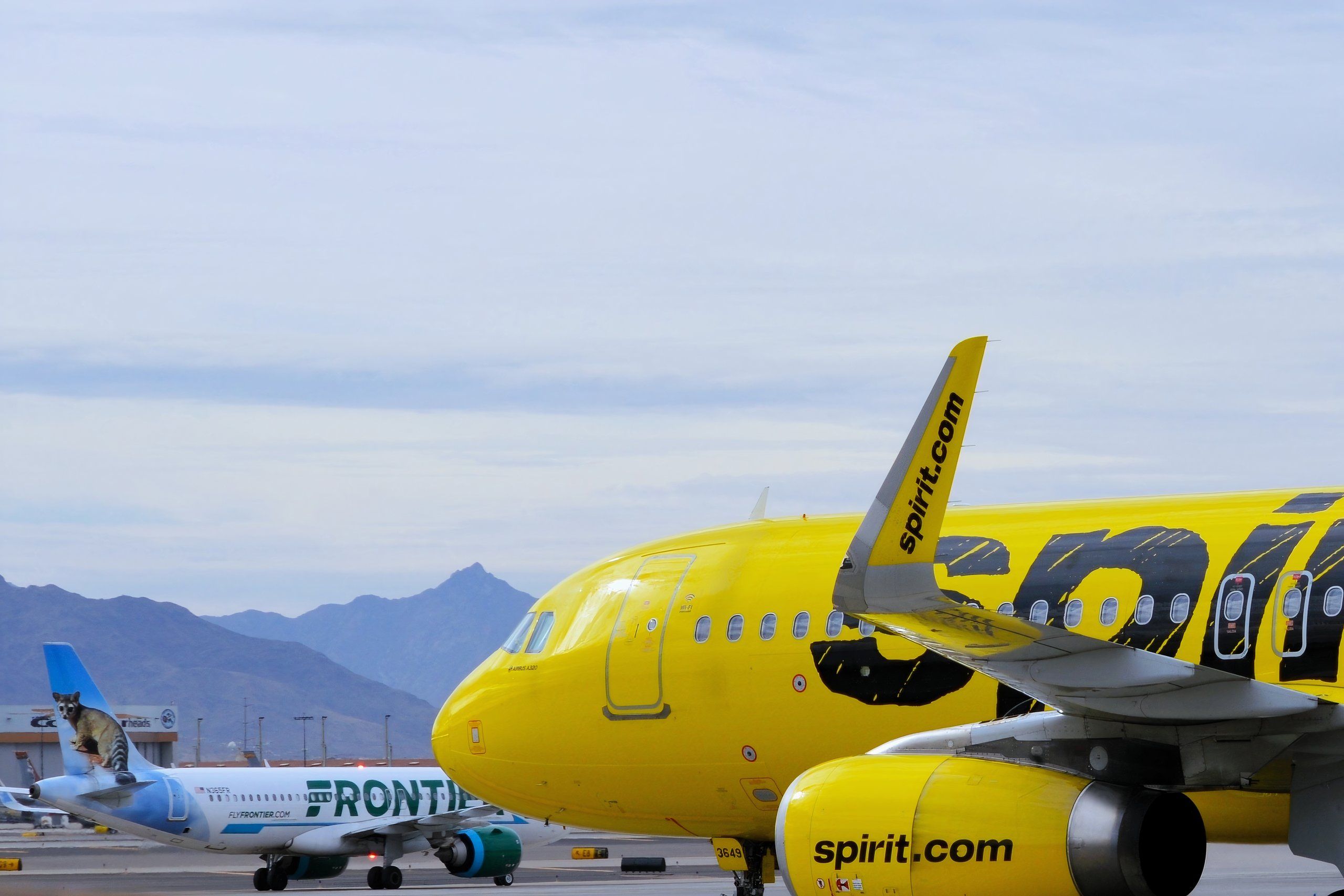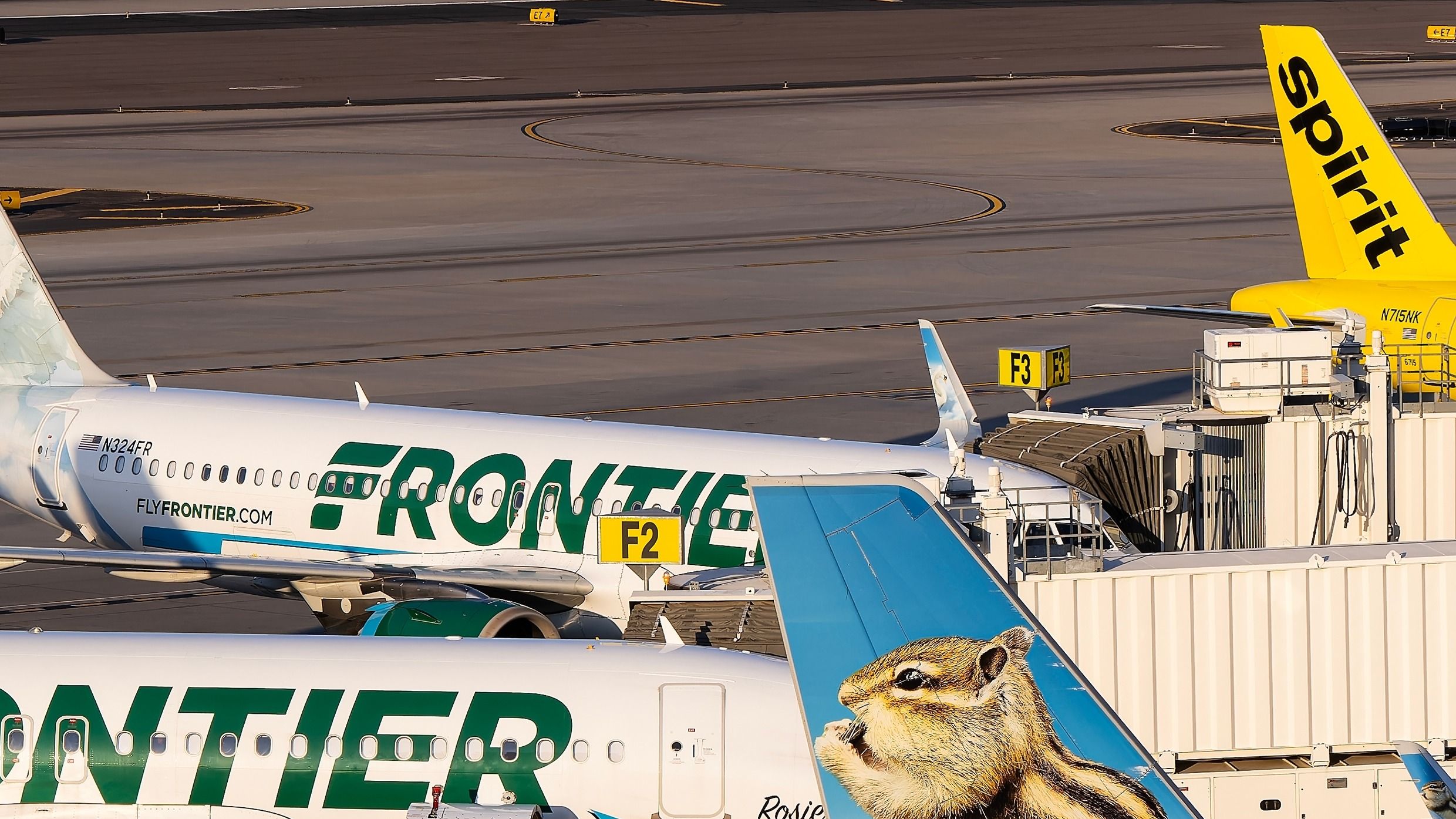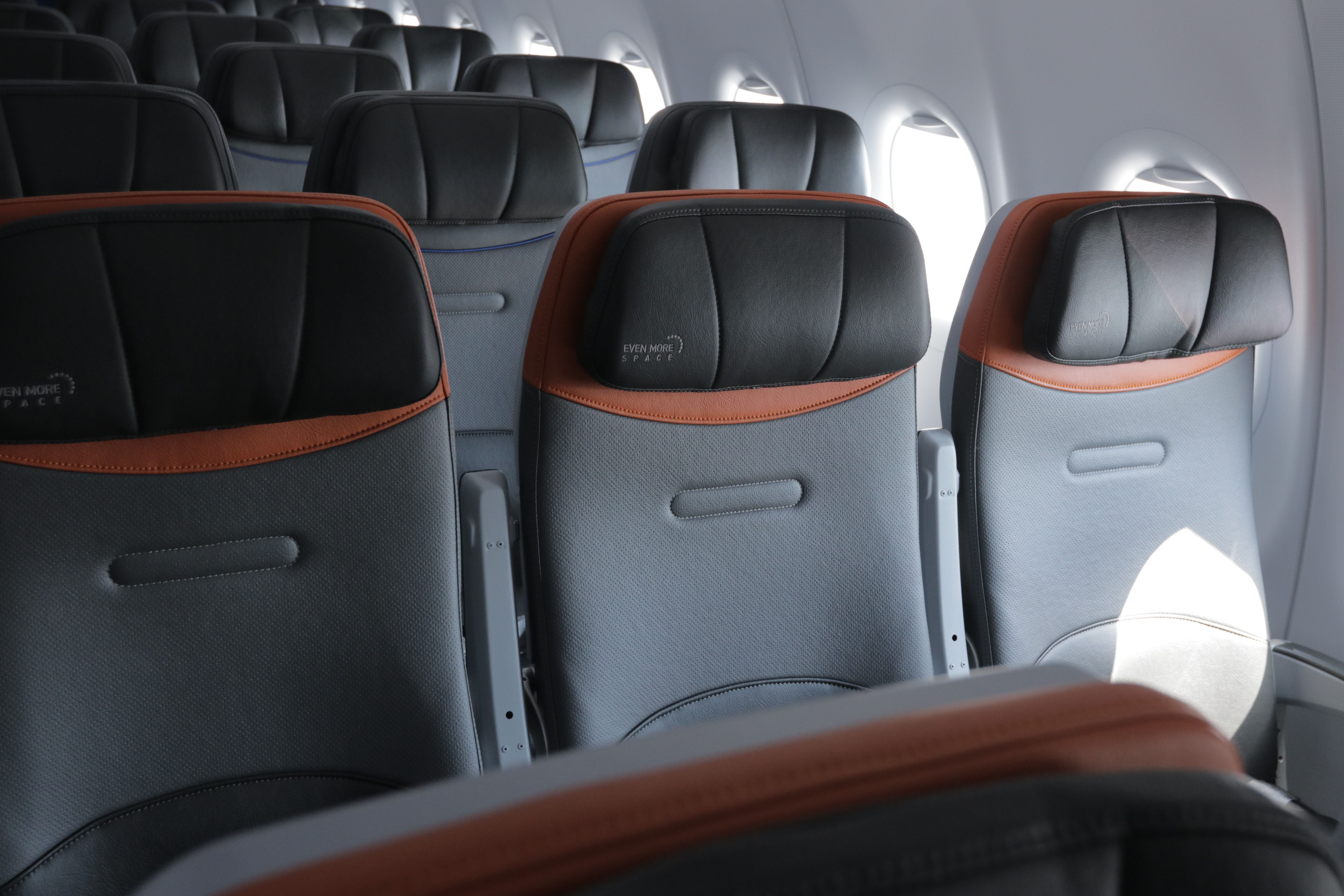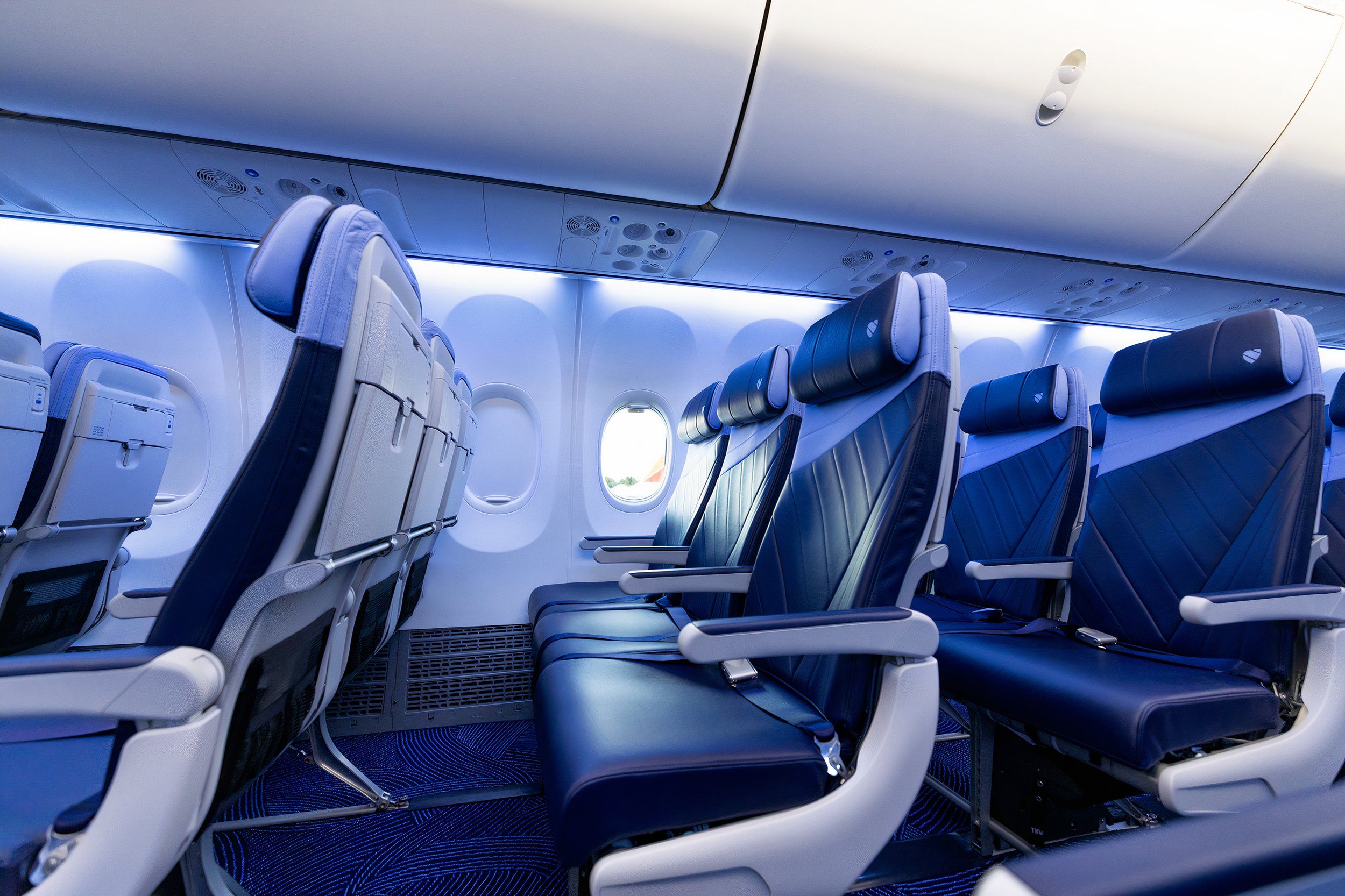When ![]() United Airlines
United Airlines
presented its Q2 results in July, Scott Kirby, the chief executive officer (CEO) of the airline, said that multiple airlines had begun canceling loss-making capacity, adding that the carrier had been preparing for the moment when domestic capacity would adjust.
At the time, Kirby predicted that the infection point was 30 days away, which was on or about August 17.
Photo: Robin Guess | Shutterstock
However, United Airlines’ CEO was not the only executive expressing frustration over excessive capacity in the United States.
Quick Links
Overcapacity in the US
When Delta Air Lines announced its Q2 results, its president, Glen Hauenstein, said that the industry has always challenged itself regarding the amount of capacity that can be on the market.
“So, we have really only been in an oversupply situation for a couple of months here, and the industry’s already reacted, and I think that is very different than it was years ago, where it would stay for prolonged periods of time.”
By Q3, when United Airlines published its subsequent quarterly results on October 15, Kirby proudly said that, as he predicted, “unproductive capacity left the market in mid-August, and we saw a clear inflection point in our revenue trends that propelled United to exceed Q3 expectations.”
|
Total weekly flights in the domestic market in the US in August 2023 (data from the aviation analytics company Cirium) |
Total weekly flights in the domestic market in the US in August 2024 |
Difference |
|
157,057 |
162,704 |
3.6% |
So, what exactly happened in the domestic market in the US in August, and were executives much happier with the situation right now?
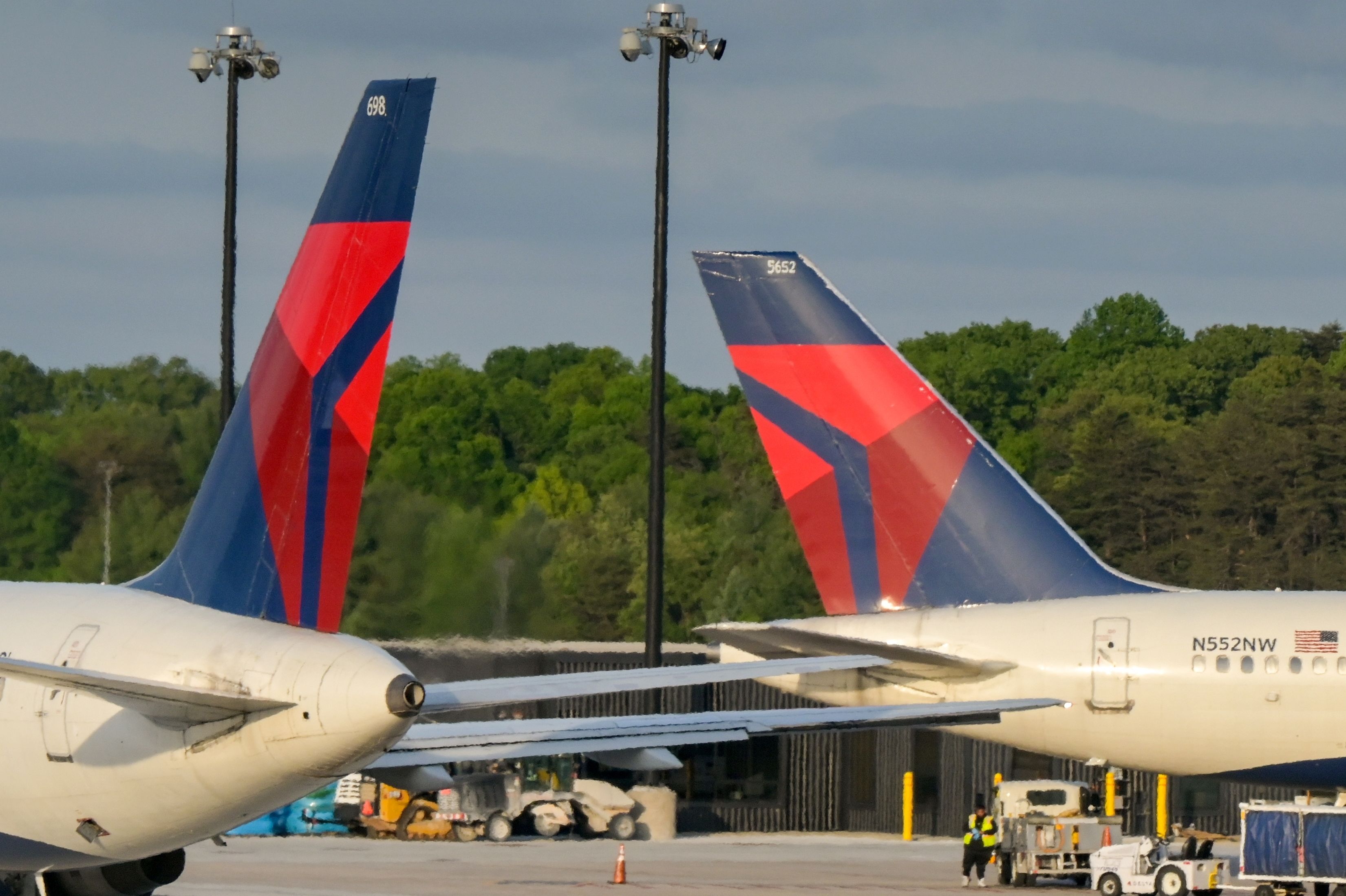
Related
Delta Air Lines Expects 30% Growth In Pre-Tax Profit For Q4 2024
Following a financially positive quarter, Delta Air Lines expects to finish off the year with a strong Q4.
Domestic capacity in August
An initial look at the aviation analytics company Cirium data showed that in August, airlines had added 3.6% more weekly flights that departed and landed in the US year-on-year (YoY).
The two most glaring rows in the data included JetBlue
and Southwest Airlines, which removed 558 and 2,456 weekly flights, respectively, during the month.
Meanwhile, the other two low-cost carriers with basic economy cabin offerings, Frontier Airlines and Spirit Airlines, still added a lot of capacity during the month compared to August 2023, with 963 and 810 additional weekly itineraries, respectively.
Photo: Around the World Photos | Shutterstock
The devil was in the details. While the two airlines still had their party hats on in August, at least for Spirit Airlines
, the party was over by September. The airline had begun cutting capacity and, by the end of the first month of autumn, had fewer weekly flights than in August 2023 (4,671 versus 4,872).
While Spirit Airlines is yet to publish its Q3 earnings release at the time of writing, in Q2, Ted Christie, the airline’s CEO, warned about significant industry capacity increases and ancillary pricing changes in the current environment, which had made it difficult to increase yields. As a result, its revenue performance was disappointing, Christie added.
“The continued intense competitive battle for the price-sensitive leisure traveler further reinforces our belief that we are on the right path with our transformation plan to redefine low-fare travel with new, high-value travel options that will allow Guests to choose an elevated experience at an affordable price.”
For Frontier Airlines
, Q3 meant adjustments. According to Barry Biffle, the CEO of the carrier, during the quarter, its revenue and network initiatives began to overcome an oversupply in capacity. Biffle also cited the mid-August inflection point where its revenue per available seat mile (RASM) trended positively.
Photo: Robin Guess | Shutterstock
“We expect maturity of our network and revenue initiatives and moderating industry capacity growth to set the stage to continue to grow RASM and, along with our industry leading cost performance, to drive a return to double-digit adjusted pre-tax margins by summer 2025.”
Frontier Airlines ended Q3 with a net profit of $26 million (adjusted net loss of $11 million), with a pre-tax margin of 2.9%.
However, the carrier continued to reduce its costs with an extra nudge from accounting wizardry, with its adjusted costs per ASM (CASM) benefitting from its cost-saving program and “the cost benefit from two additional aircraft sale-leaseback transactions in the quarter […].”
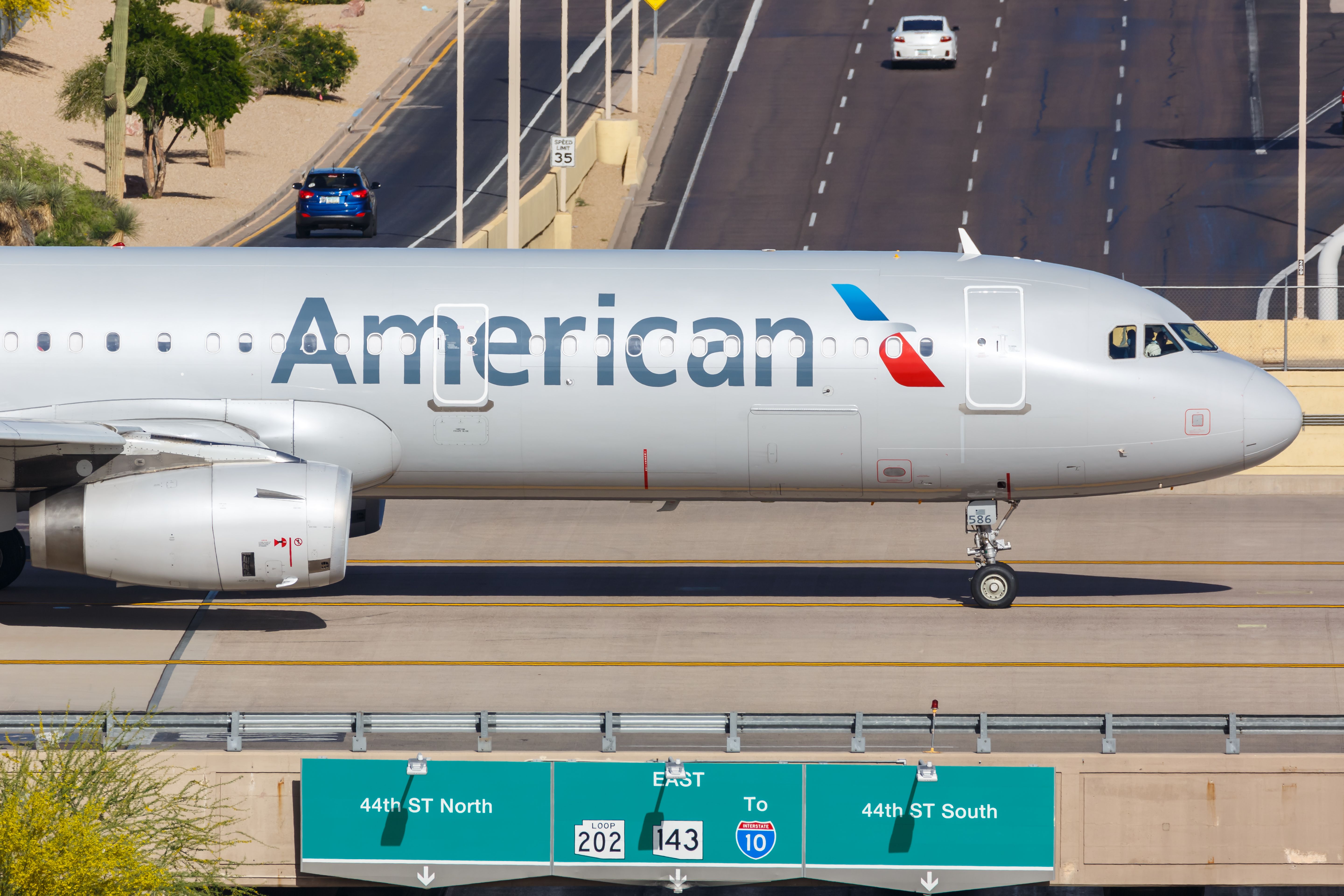
American Airlines Focuses On Business After $149 Million Net Loss In Q3
American Airlines pointed out that its net loss was largely underpinned by one-time charges related to labor agreements.
Going premium
Over the past few months, not only did the US low-cost carriers have to readjust their networks, but they also had to introduce something that would diversify their product: more premium options.
The switch has been ongoing. Frontier’s Biffle already remarked that its stage-length adjusted RASM was higher in the second half of the quarter, in part due to the progress of the airline’s revenue initiatives.
Spirit Airlines announced its transformation plan on July 30, with bookings being available since August 16 for travel dates beyond August 27. Southwest Airlines has begun retrofitting its cabins with new interiors, which include improvements to the passenger experience and additional seats with more legroom, something the airline’s executives elaborated on during its Investor Day, while JetBlue already announced lounges, a co-branded credit card, and most recently, a commitment to rebrand its Even More Space seats to an actual premium economy product that should include all the bells and whistles of a premium economy seat.
Photo: JetBlue
“As we pointed out […] premium products are really doing much better currently than coach. And as we move through the next couple of schedule changes and adjustments heading into the tail end of the year, we expect that momentum to pick up as the carriers that have primarily coach products begin rationalizing capacity.”
|
US Domestic business class seats in August 2023 (total) |
US Domestic business class seats in August 2024 (total) |
Difference |
|
5.9 million |
6.2 million |
4 % |
Those were the words of ![]() Delta Air Lines
Delta Air Lines
’ Hauenstein during the airline’s Q3 earnings call with analysts. Robert Isom, CEO of ![]() American Airlines
American Airlines
, shared the sentiment, stating that there was a clear “preference for more premium type services” during his own call with analysts following the carrier’s Q3 results presentation.
“So as we take a look out in the future, I think that customers are looking to [have] a more premium experience. We’re going to accommodate that.”
United Airlines and its CEO, who has been highly skeptical about low-cost carriers in the US, told analysts and media during the airline’s Q3 that the airline has been seeing an evolution that will result in higher margins.
Kirby reiterated his point during United Airlines’ previous quarterly call: the inflection point was in mid-August, and the question now was only how much margins would expand in the next three years.
Premium products will drive margin growth as consumers’ demand shifts. According to Andrew Nocella, United Airlines’ chief commercial officer (CCO), the airline was already seeing an improved pricing environment for leisure yields very early in the booking curve.
“We attribute that to changes in capacity, the elimination of unprofitable capacity, better business bookings, although very slim at this point, and changes in business models of the low-margin airlines.”
Photo: Southwest Airlines
The question will be whether US-based low-cost carriers will have enough liquidity to see the benefits of their transformational plans. While  Southwest Airlines
Southwest Airlines
has a very strong balance sheet, with plenty of cash – $9.4 billion at the end of Q3 – the same could not be said about others that are already undergoing either cost-saving programs, attempts to improve their revenue-generating potential, or both.
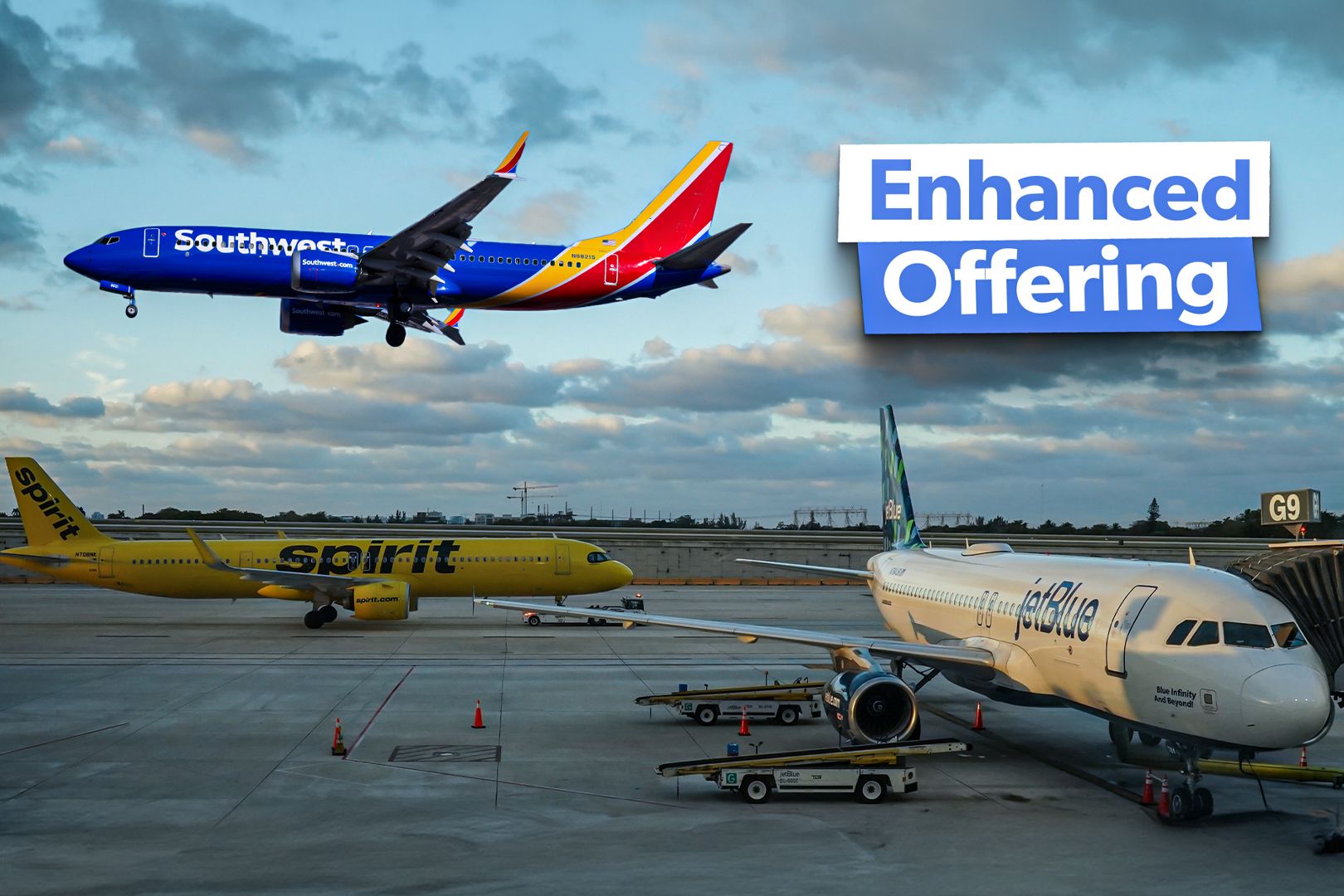
Related
Examined: Why Are US-Based Low-Cost Carriers Introducing Premium Options In Their Cabins?
These changes have come as cost pressures have resulted in worsening financial performance among the US-based low-cost carriers.

